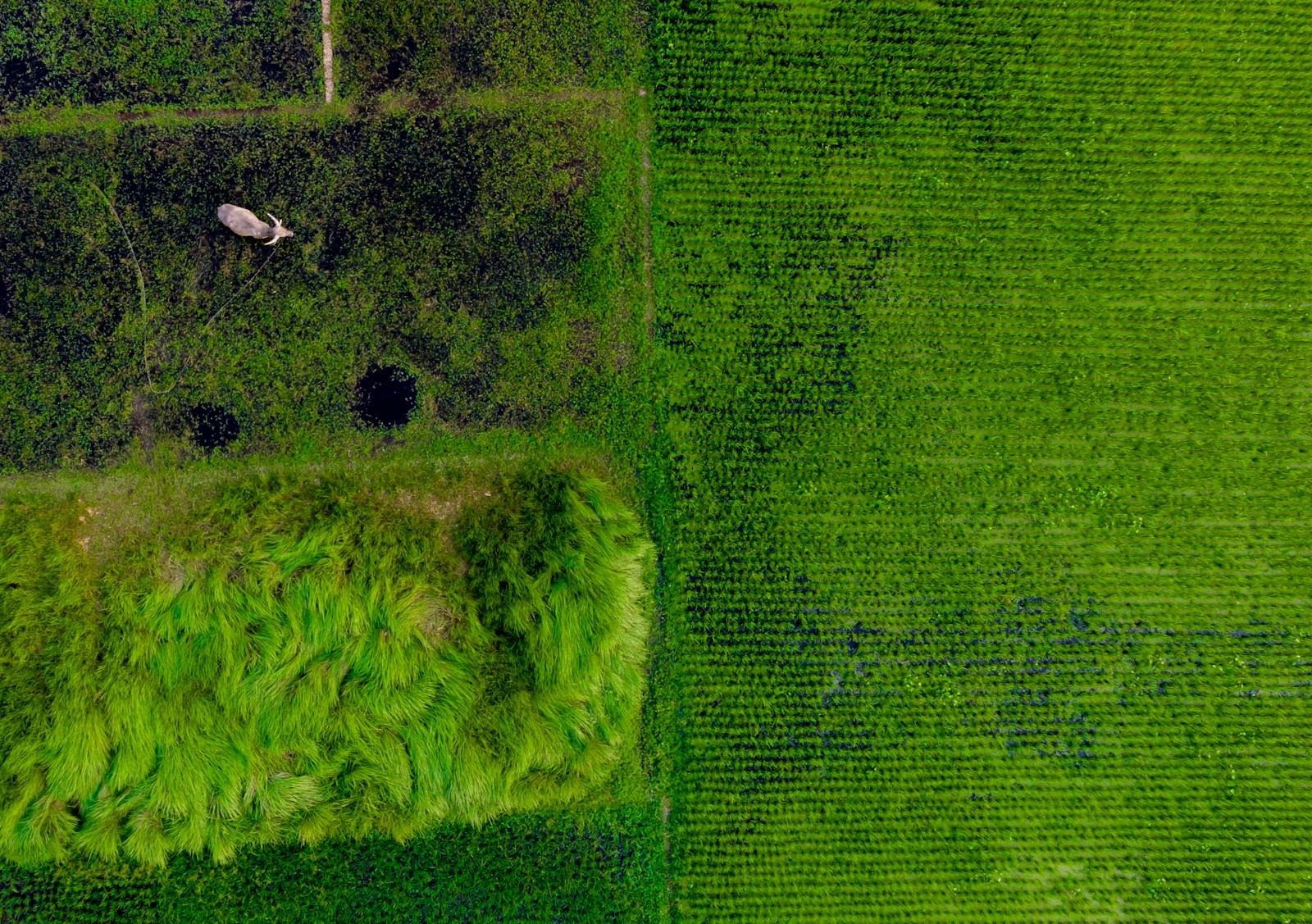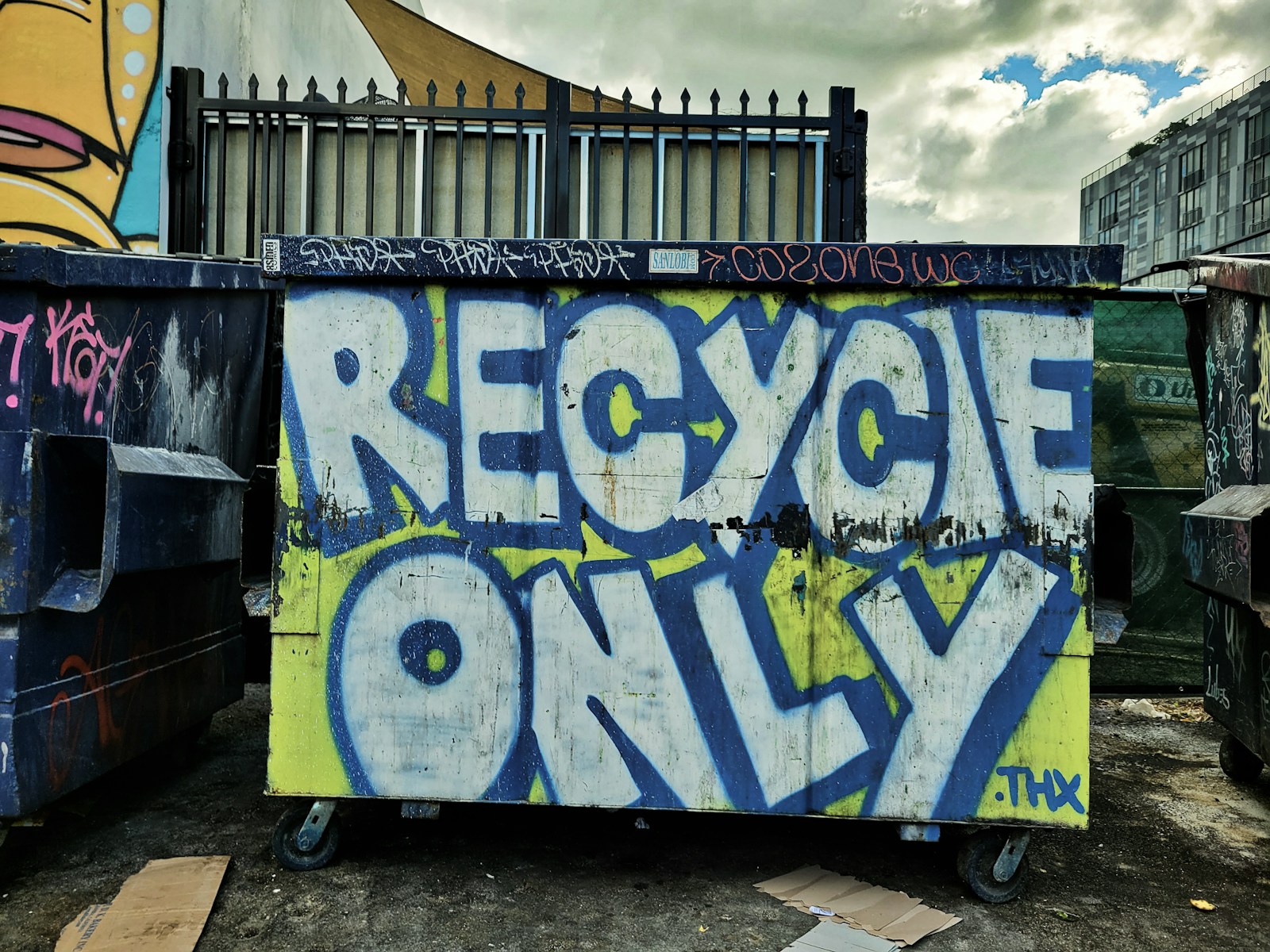The Quiet Revolution Beneath Our Feet: How Regenerative Agriculture Fights Climate Change

The conversation about climate solutions is often dominated by high-tech, industrial-scale ideas: vast solar arrays, giant carbon capture facilities, and next-generation nuclear reactors. These are all crucial pieces of the puzzle. But a growing movement of farmers, scientists, and environmentalists is championing a solution that is as old as civilization itself, yet revolutionary in its potential. This solution lies not in silicon valleys or engineering labs, but in the soil beneath our feet. Regenerative agriculture, a holistic approach to farming, promises not only to produce nutritious food but also to turn our agricultural lands from a source of carbon into a massive carbon sink, quietly pulling CO2 from the atmosphere and storing it in the ground.
For much of the last century, industrial agriculture has treated soil like an inert medium, a substance to be managed with a cocktail of synthetic fertilizers, pesticides, and herbicides. This approach, heavily reliant on tilling and monocropping, has produced abundant yields but has come at a tremendous ecological cost. It has led to widespread soil degradation, erosion, and a catastrophic loss of soil organic matter. This is not just bad for farming; it's bad for the climate. Healthy soil is a living ecosystem teeming with billions of microbes, fungi, and invertebrates, and it is rich in carbon. When we plow fields, we expose that carbon to the air, where it oxidizes and is released into the atmosphere as CO2.
Regenerative agriculture seeks to reverse this process by farming in a way that rebuilds soil health. It is not a single technique but a suite of principles adapted to local conditions. One of the core tenets is to minimize soil disturbance, which means reducing or eliminating tilling ("no-till" farming). Instead of leaving fields bare after a harvest, farmers plant "cover crops" like clover or vetch. These crops protect the soil from erosion, suppress weeds, and, through the magic of photosynthesis, continue to pump carbon from the atmosphere into the soil through their roots.
Another key principle is to increase biodiversity. This means moving away from planting the same crop year after year (monocropping) and instead using complex crop rotations. It can also involve integrating livestock back onto the land. In well-managed systems, rotational grazing, where animals are moved frequently, mimics the patterns of wild herbivores. Their manure provides natural fertilizer, and their grazing stimulates plant growth, leading to deeper roots and more carbon sequestration. The result of these practices is a virtuous cycle: as organic matter increases, the soil becomes healthier, more fertile, and better able to hold water, making it more resilient to droughts and floods.
The climate potential of this approach is staggering. Scientists estimate that the world's soils already hold more than three times the amount of carbon in the atmosphere. By restoring degraded agricultural lands through regenerative practices, we could potentially sequester billions of tons of carbon dioxide each year. This makes soil carbon sequestration one of the most significant and scalable "natural climate solutions" available to us. It's a low-tech approach that doesn't require a technological breakthrough, only a shift in our understanding of the land.
Of course, transitioning the global food system is a monumental challenge. It requires a fundamental change in economic incentives, government subsidies that currently favor industrial practices, and widespread education for farmers. There are also ongoing scientific debates about how to accurately measure and verify the amount of carbon being stored in the soil over the long term.
Despite these hurdles, the quiet revolution of regenerative agriculture offers a powerful and hopeful vision for the future. It is a reminder that the solutions to our most complex problems are sometimes found not in inventing something new, but in restoring something old. It shows that we can produce food, support rural economies, and heal the planet all at the same time, starting from the ground up.



